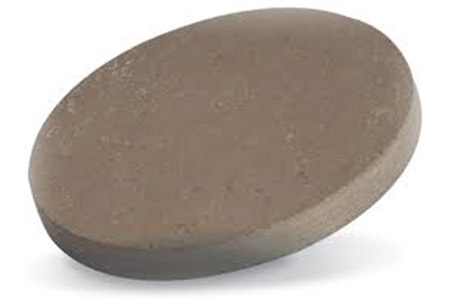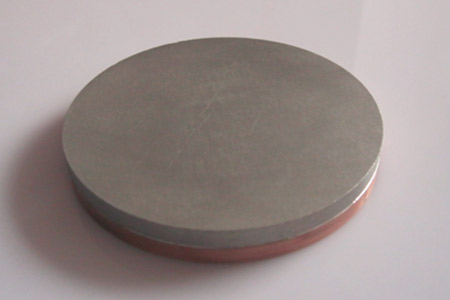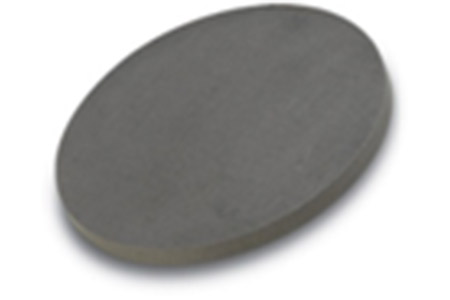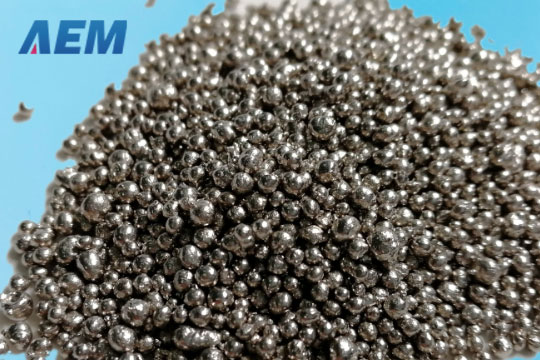 +86-731-89578196
+86-731-89578196
 [email protected]
[email protected]
- Home
- Our Company
-
Products
Sputtering Targets

- Industries
- Blog
- FAQ
- Contact Us
PLD Vs RF Sputtering
views, Updated: 2021-09-22
How PLD and RF sputtering are different from each other? Or why one should choose PLD over sputtering except depositing complex oxides (e.g., Superconductors or perovskites). It is well known that PLD can transfer the same phase from the target to substrate, but that's what RF sputtering can also do for an insulating target.
PLD has been successful in growing epitaxial films. This naturally demands well-matched epitaxial substrates. The substrate temperature must be carefully optimized, and the rate of deposition ( determined by the energy per pulse), and the repetition rate setting. PLD provides a stoichiometric transfer of material from the target to the substrate, thereby ensuring better stoichiometric control, and has been very effective with oxide targets.
Researchers are often using PLD for making coatings on other substrates (like silicon, SiO2/Si) ., which may not be epitaxially matched. Such depositions always result in polycrystalline coatings and necessitated post-deposition annealing. A complex oxide compound PZT is a classic example. For this compound, it is noted that in the literature, excellent PZT films on epitaxial substrates and epitaxially matched electrodes (oxides) have been developed with remarkable properties. In contrast, polycrystalline films on unmatched substrates do not result in suitable properties.
Sputtering is a slower process relatively. For oxide target, it becomes more complicated. You cannot apply higher powers. The targets loos oxygen stoichiometric, making large area targets is a costly affair, and demand good bonding with metallic plates for cooling. However, sputtering has also been useful for making epitaxial films. The target surface changes after a few sputtering runs, which affects the stoichiometric control.
Sputtering can handle deposition over a large area of substrates up to 4inches to 6 inches in diameter because it is easy to develop oxide films using reactive sputtering, which involves sputtering oxygen or Ar+O2 gas mixtures. One can easily use large area metallic targets and sputter them easily in oxygen.
Large area deposition is possible only through sputtering. In contrast, PLD is limited to tiny substrates (5mm x 5mm), larger single crystal substrates also can be used, but then the substrate becomes costly.
PLD is a fast turn around process to check the growth of epitaxial films and establish the properties in epitaxial films. PLD is not effective for making films on unmatched epitaxial substrates and growing polycrystalline films. Use it more for epitaxial growth studies.
Sputtering is a technique, and when properly optimized, it can be upscaled to larger area substrates. Simple oxide compounds like (SnO2, ZnO et) are relatively easy to optimize, whereas, for multi-component oxides, the optimization takes a little longer. With this technique, you can easily upscale for industrial applications.
AEM Deposition is a leading sputtering target and target bonding manufacturer from China. We provide kinds of high-quality sputtering targets for sale; various materials, sizes, purity, shapes are optional.
LATEST NEWS















